Table of Contents
Are Liquids Allowed in Carry-On Luggage?
Are you planning on traveling soon and wondering if you can bring your favorite shampoo or lotion in your carry-on luggage? The answer is yes but with some limitations. The Transportation Security Administration (TSA) has specific regulations on liquids that you can bring in your carry-on luggage, and it’s important to know them before heading to the airport.
The 3-1-1 Rule for Liquids is one of the most important regulations to remember. This rule states that you are allowed to bring a quart-sized bag of liquids, aerosols, gels, creams, and pastes in your carry-on bag and through the checkpoint. These liquids must be limited to travel-sized containers that are 3.4 ounces (100 milliliters) or less per item. This rule applies to all liquids, including toiletries, beverages, and even food items.
Knowing the regulations on liquids in your carry-on luggage can save you time and hassle at the airport. In this article, we’ll cover everything you need to know about carrying liquids in your carry-on luggage, including the 3-1-1 Rule, exceptions and exemptions, additional screening measures, and specific items and their regulations. By the end of this article, you’ll have a clear understanding of what liquids you can and cannot bring in your carry-on luggage, so you can travel with ease.
Key Takeaways
- The TSA has specific regulations on liquids that you can bring in your carry-on luggage.
- The 3-1-1 Rule for Liquids is an important regulation to remember.
- Knowing the regulations on liquids in your carry-on luggage can save you time and hassle at the airport.
Carry-On Luggage Regulations
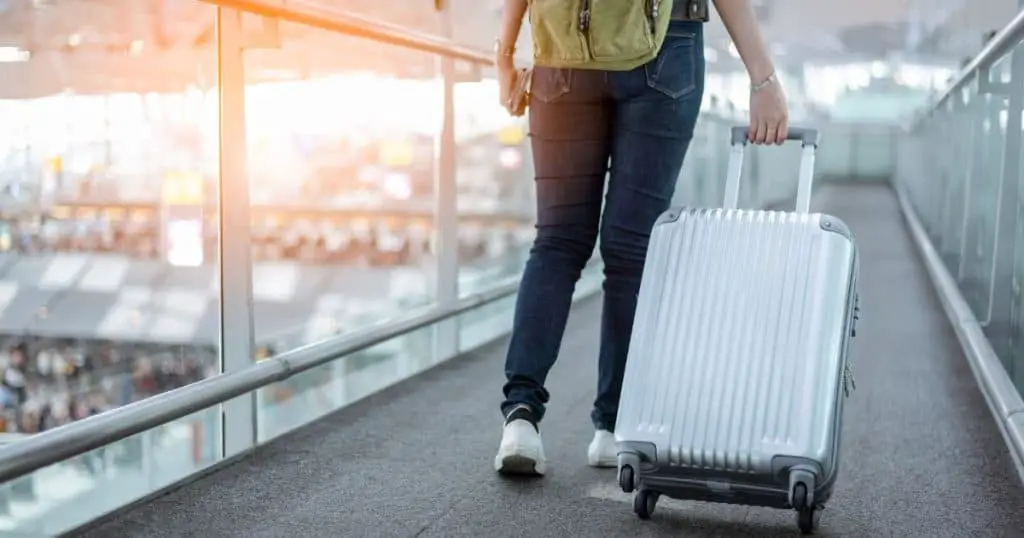
You’re excited to embark on your next adventure, but before you pack your bags, it’s important to know the TSA regulations for carry-on luggage. One of the most common questions travelers ask is, “Are liquids allowed in carry-on luggage?” The answer is yes, but with some restrictions.
According to the TSA, you are allowed to bring a quart-sized bag of liquids, aerosols, gels, creams, and pastes in your carry-on bag and through the checkpoint. These are limited to travel-sized containers that are 3.4 ounces (100 milliliters) or less per item. This rule is commonly referred to as the 3-1-1 rule.
The 3-1-1 rule refers to three core components that govern how many liquids you can bring in your carry-on bags. Each liquid must be in a 3.4-ounce or less container (the “3”), all containers must be placed inside one clear quart-sized plastic bag (the “1”), and each passenger is only allowed one plastic bag (the “1”).
It’s important to note that the 3-1-1 rule applies only to carry-on luggage. If you’re checking in your bags, you can pack liquids in larger containers. However, it’s always a good idea to check with your airline for any specific regulations they may have.
So, what liquids are allowed in carry-on luggage? The TSA allows a wide range of liquids, including toiletries such as toothpaste, shampoo, and lotion. Beverages such as water, juice, and soda are also allowed, but they must be purchased after the security checkpoint.
In addition to liquids, the TSA also has regulations for other items in carry-on luggage. For example, sharp objects such as scissors and knives are not allowed, and electronic devices must be easily accessible for inspection.
By following these regulations, you can ensure a smooth and hassle-free experience at the airport. Remember to pack your liquids in a clear plastic bag and keep it easily accessible for inspection. With these tips in mind, you’re ready to take off on your next adventure!
The 3-1-1 Rule for Liquids
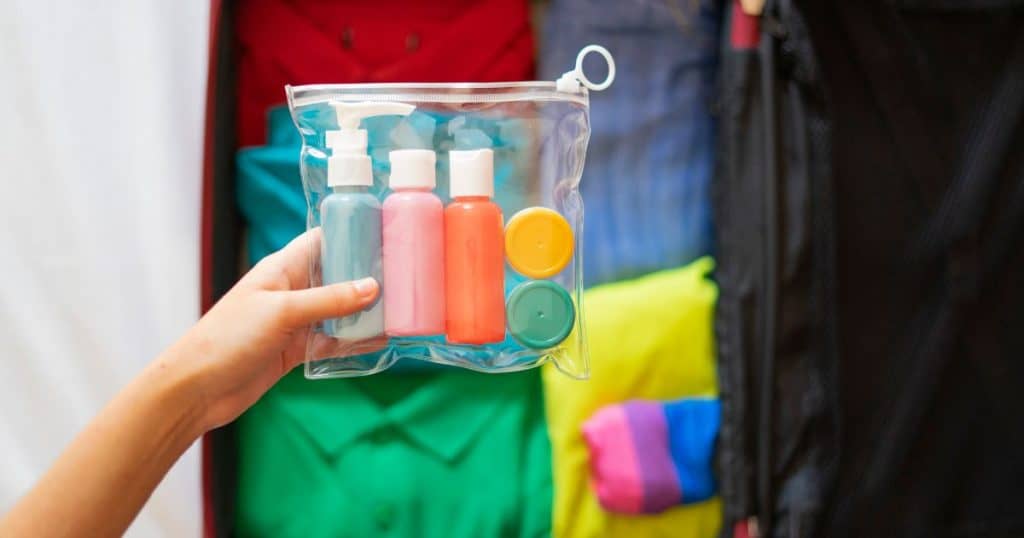
You’re packing for your upcoming trip, and you’re wondering if you can bring your favorite shampoo and conditioner in your carry-on luggage. The answer is yes, but there are some restrictions you need to know about. The Transportation Security Administration (TSA) has a 3-1-1 rule for liquids that you must follow.
So, what is the 3-1-1 rule? It means that you can bring liquids, gels, and aerosols in travel-sized containers that are 3.4 ounces or 100 milliliters. You’re allowed to bring one quart-sized bag of liquids, gels, and aerosols, and each container must be 3.4 ounces or less. This rule applies to all passengers, including children.
The 3-1-1 liquids rule includes common travel items such as toothpaste, shampoo, conditioner, mouthwash, and lotion. If you’re unsure if an item is allowed, check the TSA website or contact your airline for more information.
It’s important to note that the 3-1-1 rule only applies to carry-on luggage. You can bring as much liquid as you want in your checked bags, as long as they don’t violate other TSA regulations.
To make things easier for you, here’s a breakdown of the 3-1-1 rule for liquids:
| What | Quantity |
|---|---|
| Liquids, gels, and aerosols | Travel-sized containers that are 3.4 ounces or 100 milliliters |
| Bag size | One quart-sized bag per person |
| Number of bags | One bag per person |
| Exceptions | Medications, baby formula, breast milk, and juice for infants or toddlers are allowed in reasonable quantities exceeding 3.4 ounces |
It’s important to follow the 3-1-1 rule for liquids to avoid any issues at the security checkpoint. If you’re carrying liquids that don’t meet the requirements, they will be confiscated, and you may miss your flight.
In summary, the 3-1-1 rule for liquids is a TSA regulation that limits the amount of liquids, gels, and aerosols you can bring in your carry-on luggage. Make sure to pack your liquids in travel-sized containers that are 3.4 ounces or 100 milliliters, and put them in a quart-sized bag. If you’re unsure about an item, check the TSA website or contact your airline for more information.
Packing Liquids in Carry-On Luggage
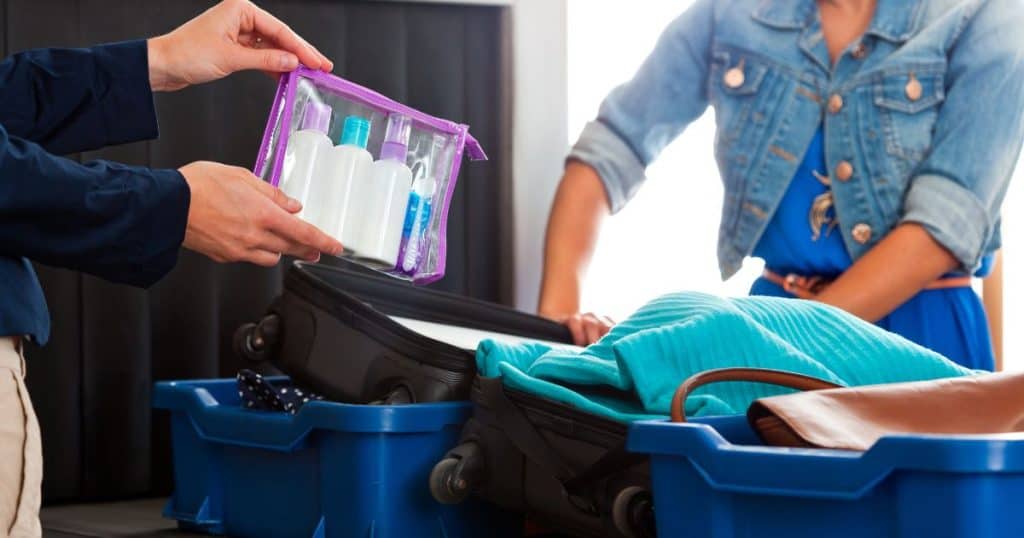
You’re all set for your upcoming trip, but you’re not sure what you can and can’t pack in your carry-on luggage.
The Transportation Security Administration (TSA) has a 3-1-1 rule in place for liquids in carry-on bags. You can bring a quart-sized bag of liquids, aerosols, gels, creams, and pastes in your carry-on bag and through the checkpoint. However, these are limited to travel-sized containers that are 3.4 ounces (100 milliliters) or less per item.
This means that you can bring your shampoo, conditioner, and other toiletries as long as they are in containers that meet the size requirements. It’s important to note that the containers must fit comfortably in the quart-sized bag, which must be transparent and resealable.
When packing your liquids, make sure to place them in a separate bag and remove it from your luggage when going through security. This makes the process faster and more efficient for you and other travelers.
It’s also important to check with your airline before packing any liquids in your carry-on. Some airlines may have additional restrictions or guidelines in place.
Overall, packing liquids in your carry-on is allowed, but it’s important to follow the TSA’s rules and guidelines. By doing so, you can ensure a smooth and stress-free trip.
Are you planning a trip and wondering if you can bring liquids in your carry-on luggage? Well, the answer is yes, but with some exceptions and exemptions. In this section, we will cover everything you need to know about what liquids are allowed in your carry-on and what you need to do to ensure a smooth security screening process.
Firstly, if you are carrying medication or other medically-necessary liquids, you are allowed to bring them in your carry-on. However, you must inform the security officer and present them separately from your other belongings for inspection. It is also advisable to bring a copy of your prescription or a doctor’s note to avoid any confusion or delays.
If you are traveling with a baby, you are allowed to bring breast milk, baby food, and baby formula in your carry-on. These items are exempt from the 3-1-1 rule, but you must inform the security officer and present them for inspection. You can also bring juice for babies if it is in a sealed, unopened container.
Other exemptions include duty-free liquids purchased at the airport or on a flight, as long as they are in a secure, tamper-evident bag with the receipt visible. You can also bring liquids that are labeled as explosives detection equipment or medically necessary liquids.
In summary, while liquids are allowed in your carry-on luggage, there are exceptions and exemptions that you need to be aware of. If you are carrying medication or other medically-necessary liquids, baby food, baby formula, or breast milk, you are allowed to bring them in your carry-on. However, you must inform the security officer and present them separately for inspection. Duty-free liquids and other exempt items must be in a secure, tamper-evident bag with the receipt visible.
Additional Screening Measures
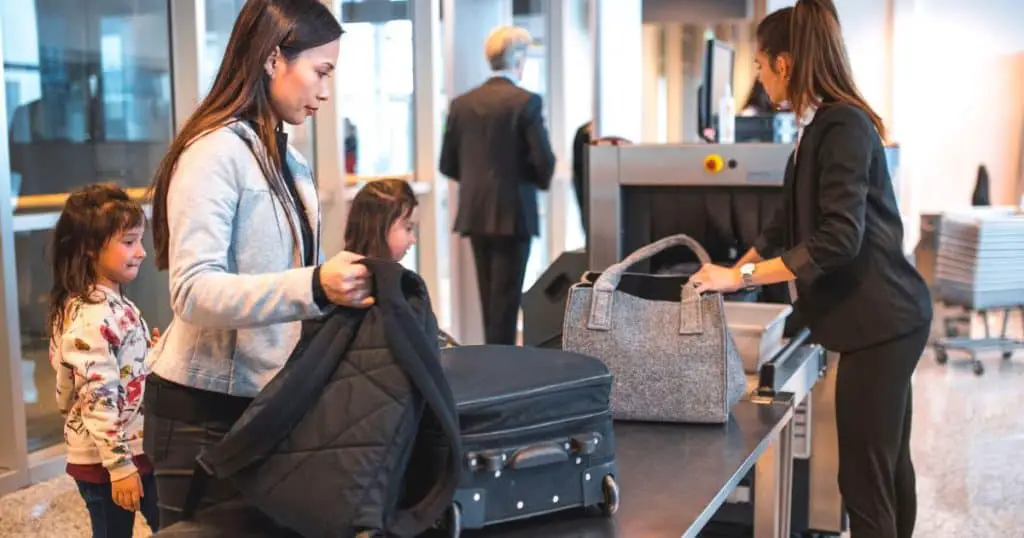
You’re excited to go on your trip, and you’ve packed all your essentials in your carry-on bag. But wait, can you bring your favorite shampoo or perfume? Are liquids allowed in carry-on luggage? Well, the answer is yes, but there are some rules and additional screening measures you should be aware of.
When you arrive at the TSA security checkpoint, your carry-on luggage will go through an X-ray machine. If the screener sees something suspicious, your bag may need to undergo additional screening. This process involves a more thorough search of your bag and its contents.
One of the main reasons for additional screening is liquids. The TSA has strict rules on the amount of liquids you can bring in your carry-on luggage. All liquids, aerosols, gels, creams, and pastes must be in containers that are 3.4 ounces (100 milliliters) or smaller. These containers must be placed in a clear, quart-sized plastic bag and placed in a bin for X-ray screening.
If the screener sees something that requires additional screening, they may ask to open your bag and inspect the contents. They may also use a swab to test for traces of explosives or other prohibited substances.
It’s important to note that not all liquids are allowed in carry-on luggage, even if they are in small containers. For example, if a liquid is flammable or explosive, it may not be allowed on the plane at all. You can check the TSA website for a list of prohibited items.
In some cases, you may be allowed to bring larger quantities of liquids in your carry-on bag. For example, if you have a medical condition that requires you to carry medication or if you’re traveling with a baby and need to bring formula or breast milk. In these cases, you may need to provide additional documentation or go through a more thorough screening process.
In summary, liquids are allowed in carry-on luggage, but there are rules and additional screening measures you should be aware of. Make sure to follow the 3-1-1 rule, place your liquids in a clear plastic bag, and be prepared for additional screening if necessary.
Are you planning a trip and wondering if liquids are allowed in your carry-on luggage? You’re not alone! It can be confusing to understand what items are permitted and what is not. In this article, we will cover the regulations for specific items to help you navigate the rules and regulations with ease.
Let’s start with the basics. According to the Transportation Security Administration (TSA), you are allowed to bring a quart-sized bag of liquids, aerosols, gels, creams, and pastes in your carry-on bag and through the checkpoint. These items are limited to travel-sized containers that are 3.4 ounces (100 milliliters) or less per item. Keep in mind that the quart-sized bag must be placed in a bin or on the conveyor belt for X-ray screening.
When it comes to medications, you are allowed to bring them in your carry-on or checked baggage. However, it’s essential to declare them to the TSA officer to avoid any delays or issues. Additionally, if you need to bring more than 3.4 ounces of liquid medication, you must inform the TSA officer.
Deodorants and antiperspirants are allowed in your carry-on bag, but they must be in a travel-sized container (3.4 ounces or less). Aerosols, such as hairspray and spray deodorants, are also allowed in your carry-on bag, but they must be in travel-sized containers and placed in your quart-sized bag.
Food items, such as creamy dips, peanut butter, and yogurt, are allowed in your carry-on bag, but they must be in containers that are 3.4 ounces or less. Canned foods are also allowed, but they must be in your checked baggage.
Alcoholic beverages are allowed in your carry-on bag, but they must be in travel-sized containers (3.4 ounces or less) and placed in your quart-sized bag. If you’re traveling with alcohol in your checked baggage, it must be in its original packaging and not exceed 70% alcohol by volume (ABV).
Powders, such as baby powder and makeup, are allowed in your carry-on bag, but they must be in containers that are 3.4 ounces or less. Sunscreen and lotion are also allowed in your carry-on bag, but they must be in travel-sized containers.
In conclusion, it’s essential to understand the regulations for specific items when traveling with liquids in your carry-on luggage. Remember to pack your items in travel-sized containers, place them in your quart-sized bag, and declare any medications or liquids over 3.4 ounces to the TSA officer. By following these regulations, you’ll have a smooth and stress-free travel experience.
International Flights and Their Regulations
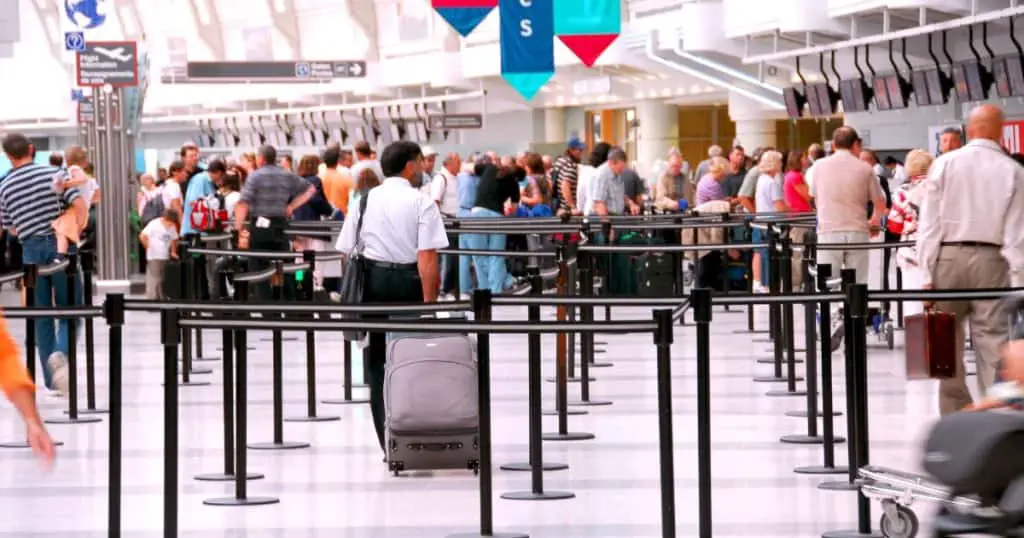
Are you planning to travel internationally and wondering what the regulations are regarding liquids in your carry-on luggage? It’s important to know the rules to avoid any issues at the airport. Here’s what you need to know about liquids and international flights.
When traveling on inbound international flights, you may carry duty-free liquids in secure, tamper-evident bags, even if they are more than 3.4 ounces or 100 milliliters in your carry-on bag. However, there are some conditions that you need to meet. The duty-free liquids must have been purchased internationally, and you must be traveling to the United States with a connecting flight. Make sure to keep the original receipt with you as proof of purchase.
It’s also important to note that the 3-1-1 liquids rule still applies to international flights. Each passenger may carry liquids, gels, and aerosols in travel-sized containers that are 3.4 ounces or 100 milliliters. Each passenger is limited to one quart-size bag of liquids, gels, and aerosols. Common travel items that must comply with the 3-1-1 liquids rule include toothpaste, shampoo, conditioner, mouthwash, and lotion.
If you have any doubts about what you can bring, you can check the TSA website’s “What Can I Bring?” page. This page lists all the items that are allowed and prohibited in both carry-on and checked baggage. You can also contact your airline for more information on their specific regulations.
In conclusion, it’s important to know the regulations regarding liquids when traveling internationally. Make sure to follow the 3-1-1 liquids rule and keep the original receipt of any duty-free liquids you plan to carry in your carry-on bag. By being aware of the regulations, you can avoid any issues at the airport and have a stress-free travel experience.
FAQs
Are you planning to travel soon and wondering what liquids you can bring in your carry-on luggage? Here are some frequently asked questions to help you navigate the rules and regulations.
What liquids are prohibited in carry-on luggage?
The Transportation Security Administration (TSA) has a list of prohibited items that you cannot bring in your carry-on luggage. These include flammable liquids, aerosols, and gels, such as gasoline, lighter fluid, and paint thinner. It’s important to check the TSA’s website for a complete list of prohibited items before packing your bags.
How many 3.4 oz containers are allowed in carry-on luggage?
According to the TSA’s 3-1-1 rule, you are allowed to bring a quart-sized bag of liquids, aerosols, gels, creams, and pastes in your carry-on luggage. These are limited to travel-sized containers that are 3.4 ounces (100 milliliters) or less per item. You can bring as many 3.4 oz containers as you can fit in the quart-sized bag.
Is toothpaste considered a liquid for carry-on luggage?
Yes, toothpaste is considered a liquid for carry-on luggage. You can bring a travel-sized toothpaste in your carry-on luggage as long as it meets the TSA’s 3-1-1 rule. If you’re unsure, it’s best to check the TSA’s website or contact them directly.
What items are not allowed in a carry-on bag?
In addition to prohibited liquids, there are several other items that you cannot bring in your carry-on bag. These include weapons, explosives, and sharp objects such as knives and scissors. It’s important to check the TSA’s website for a complete list of prohibited items before packing your bags.
Do carry-on liquids still need to be placed in a plastic bag?
Yes, carry-on liquids still need to be placed in a clear, plastic, quart-sized bag. This makes it easier for TSA officers to screen your items quickly and efficiently. Remember to place the bag in an easily accessible location in your carry-on luggage, as you will need to remove it during the security screening process.
What is the maximum amount of liquid allowed in carry-on luggage?
The maximum amount of liquid allowed in carry-on luggage is one quart-sized bag of liquids, aerosols, gels, creams, and pastes that are 3.4 ounces (100 milliliters) or less per item. Anything larger than this must be packed in your checked luggage.
Now that you have a better understanding of the rules and regulations regarding liquids in carry-on luggage, you can pack with confidence and breeze through security screening. Remember to always check the TSA’s website for the most up-to-date information before traveling.

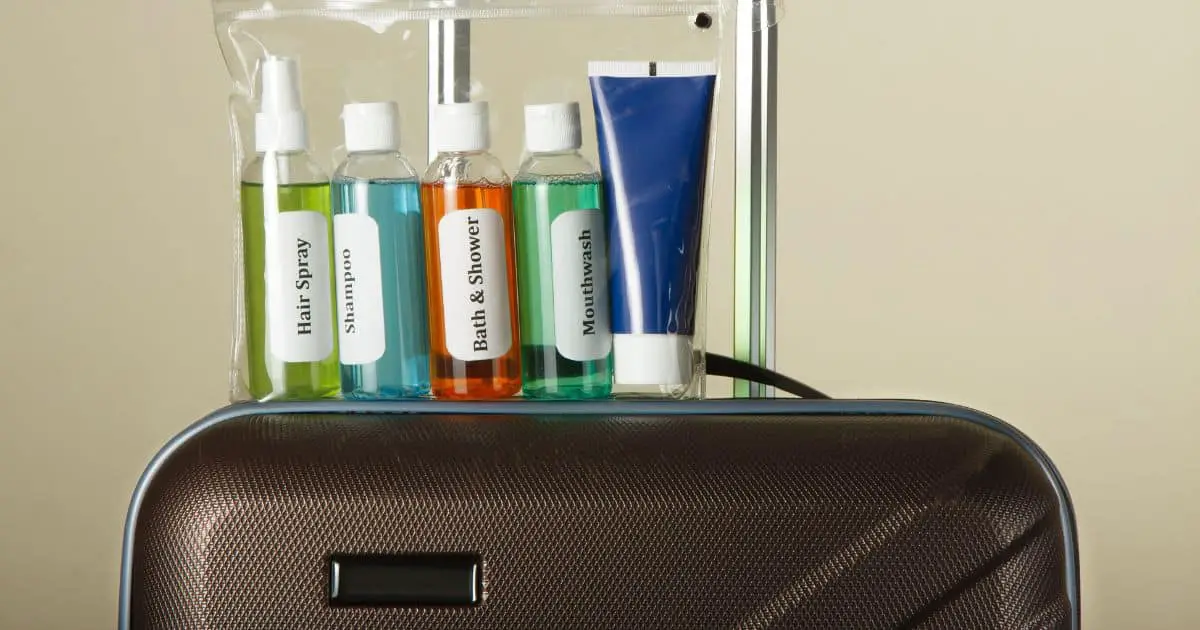
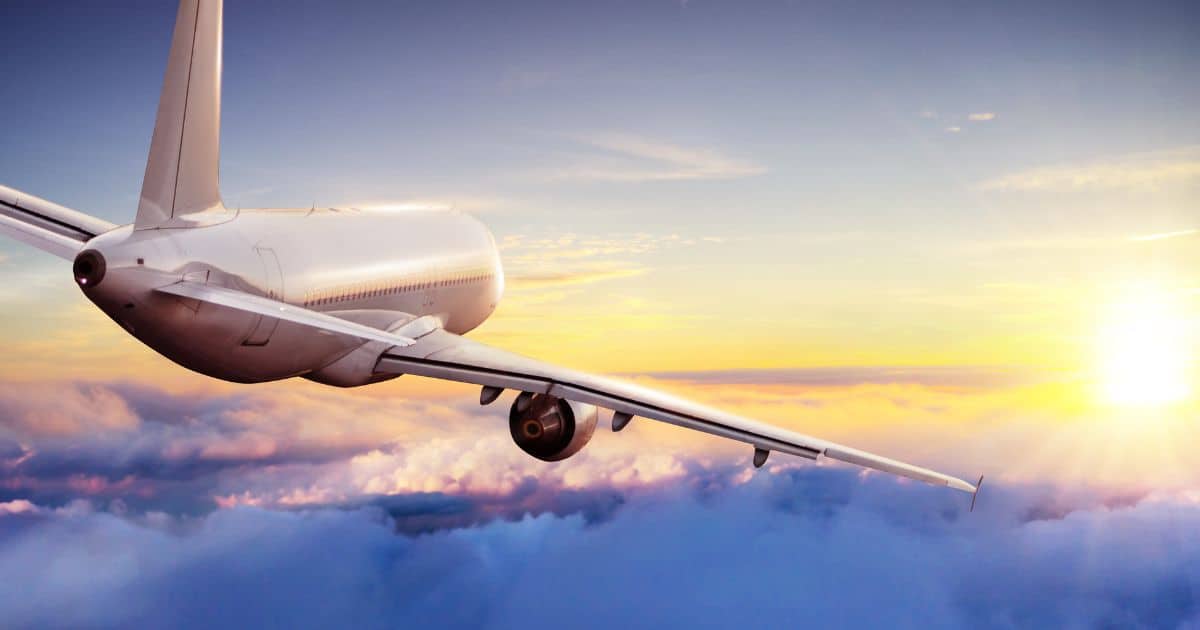
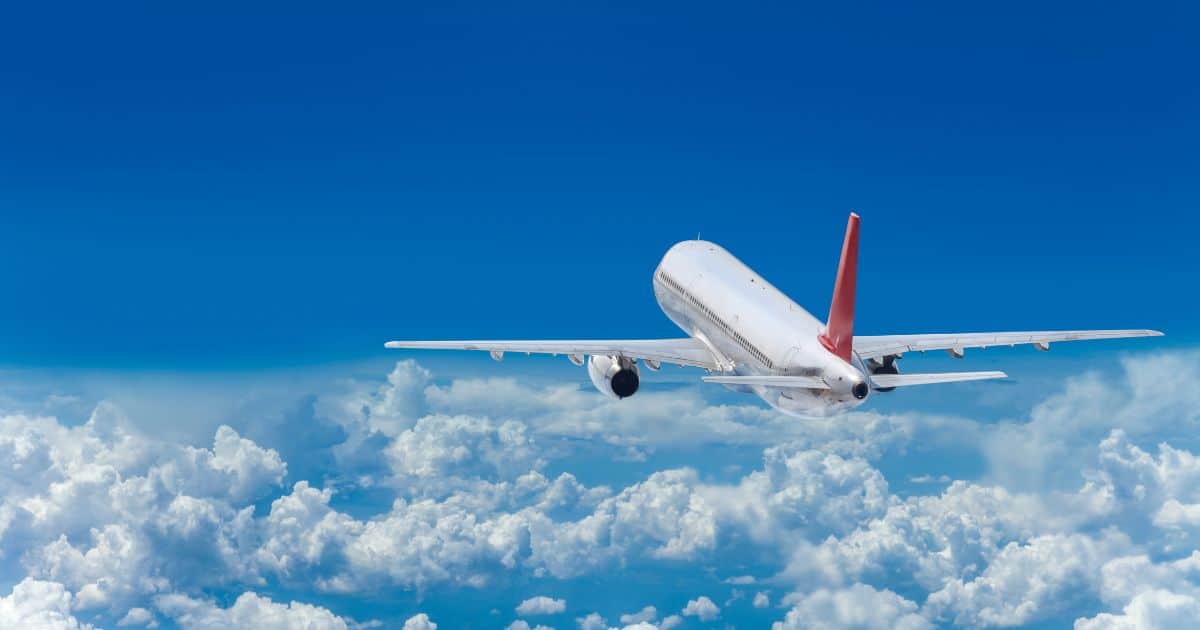
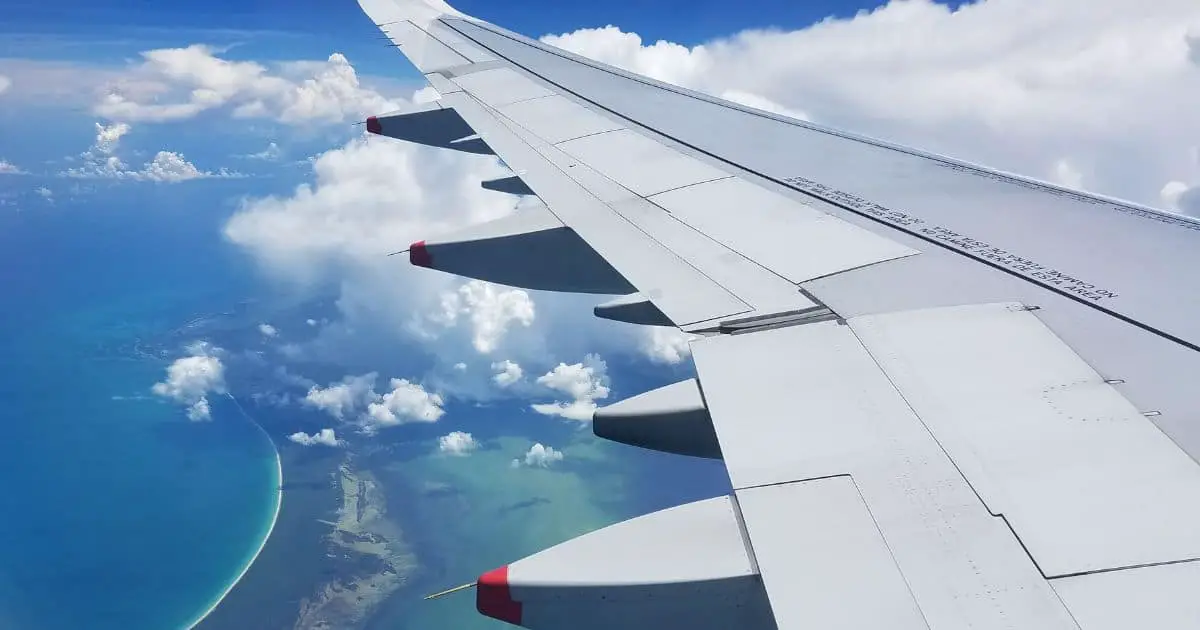
Leave a Reply